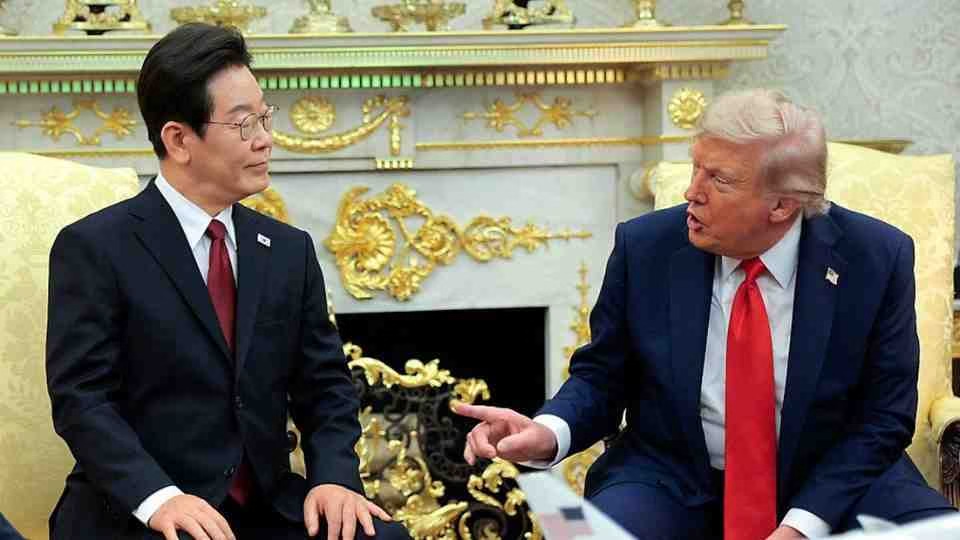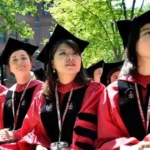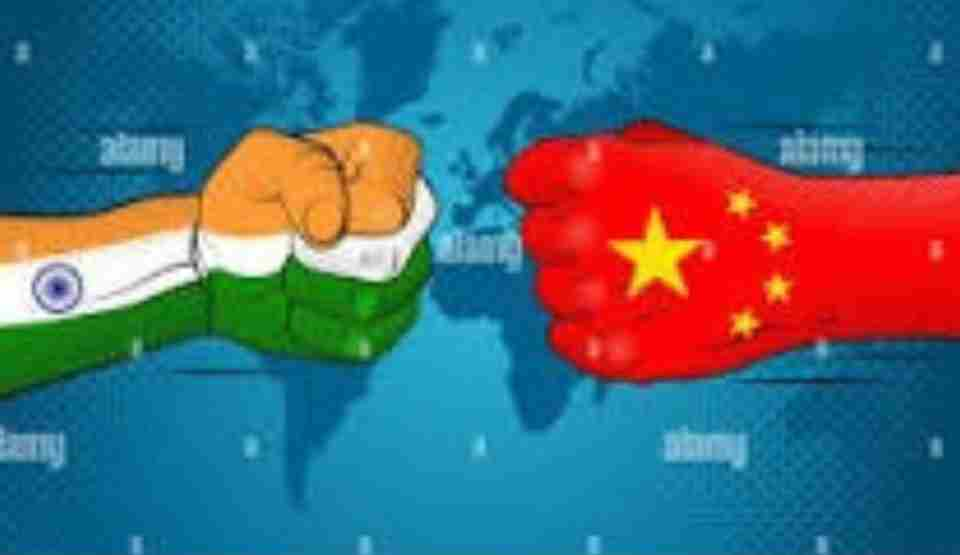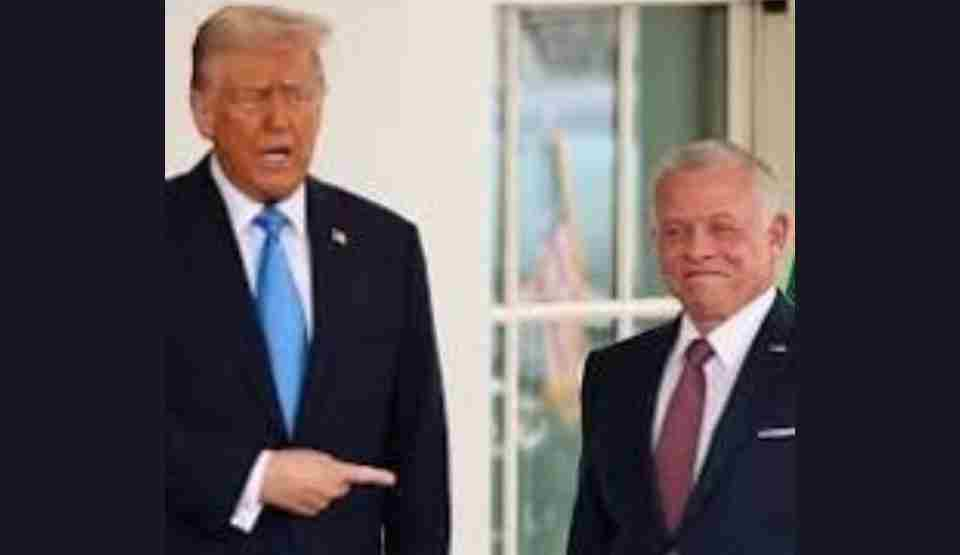South Korean President Lee Jae Myung walked into the Oval Office with a carefully crafted strategy: win over Donald Trump through praise and charm. The approach proved successful, helping him navigate what could have been a diplomatically treacherous encounter.

A Rocky Start Smoothed Over
The meeting began on shaky ground. Just hours before Lee’s arrival, Trump had posted on Truth Social asking “WHAT IS GOING ON IN SOUTH KOREA?” and referencing what he called a “Purge or Revolution.” The post appeared to reference South Korea’s ongoing investigations into former President Yoon Suk Yeol’s failed martial law attempt in December.
Lee’s team had feared this moment – that their president might face the kind of public dressing-down that Ukrainian President Volodymyr Zelensky and South African President Cyril Ramaphosa had experienced in previous Oval Office meetings. Instead, Trump quickly dismissed his own concerns as likely based on misunderstanding.
Flattery as Foreign Policy
Lee’s diplomatic offensive was immediate and effective. He complimented the Oval Office’s “bright and beautiful” appearance before pivoting to what he knew would resonate with Trump: praise for the American president’s relationship with North Korean leader Kim Jong Un.
“The only person who can make progress is you Mr President,” Lee declared, positioning himself as Trump’s potential partner. “If you become the peacemaker, then I will assist you by being a pacemaker.” He even suggested the possibility of building a Trump Tower in North Korea and playing golf there.
This strategy was no accident. Lee, who has faced criticism in Washington for his left-leaning politics and previous skepticism of the US-South Korea military alliance, needed to overcome Trump’s historical wariness of South Korea. Trump has repeatedly criticized Seoul for what he sees as freeloading on American military protection while maintaining a trade surplus with the United States.
North Korea: Unexpected Common Ground
Perhaps the most striking aspect of their conversation was how much time both leaders spent discussing Kim Jong Un. Lee praised Trump’s personal connection with the North Korean dictator and explicitly asked for American help in establishing peaceful relations between North and South Korea.
Trump, who famously claimed he and Kim “fell in love” through their correspondence during his first presidency, seemed pleased by this approach. “I spent a lot of free time with him, talking about things that we probably aren’t supposed to talk about,” Trump recalled. “I get along with him really well. I look forward to meeting with Kim Jong Un in the appropriate future.”
This alignment represents a shift from Lee’s predecessor, who was seen as antagonistic toward North Korea. However, significant obstacles remain. North Korea has consistently rejected Lee’s overtures for dialogue and has indicated that any future talks with Trump would need to occur under different terms, as Pyongyang will not surrender its nuclear weapons program.
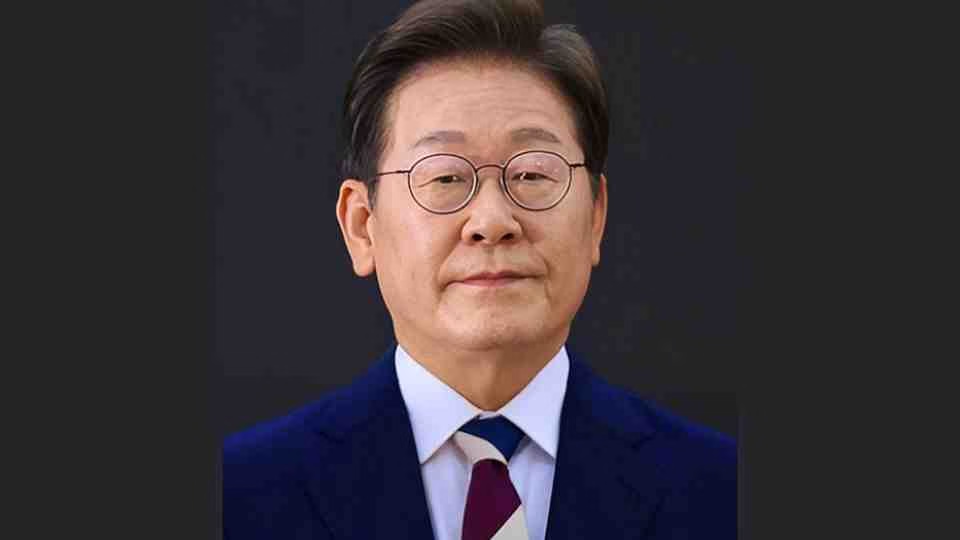
Economic Issues Left Vague
While trade and defense spending were supposed to be central topics, both leaders avoided specifics during their public appearance. South Korea recently negotiated US tariffs down to 15% after Trump initially threatened rates as high as 25%. This came alongside Seoul’s commitment to invest $350 billion in the United States, with $150 billion dedicated to American shipbuilding.
The timing proved fortuitous for demonstrating this partnership – Korean Air announced the purchase of 103 Boeing aircraft just hours after the meeting concluded. South Korea’s world-leading shipbuilding industry offers crucial support to America’s declining naval construction capabilities.
“I think we have a deal done” on trade, Trump stated without elaborating. “They had some problems with it, but we stuck to our guns.” He emphasized the mutual benefits, noting that while America values Korean products and ships, South Korea depends on US energy exports.
Military Questions Remain Unresolved
Trump sidestepped direct questions about potentially withdrawing US troops from South Korea, despite reports that the White House is considering this option. He did, however, float an intriguing new idea: allowing the United States to own the land housing Osan Air Base, currently operated jointly by both countries.
These military arrangements remain contentious, with Trump continuing to argue that South Korea doesn’t spend enough on its own defense relative to the protection America provides.
A Diplomatic Success
For Lee’s team, the meeting represented a clear victory. Their primary objective was ensuring their president left the Oval Office in Trump’s good graces, avoiding the kind of public confrontation that has characterized some of Trump’s meetings with other world leaders. Through strategic flattery and finding common ground on North Korea policy, Lee achieved exactly that outcome.
The approach may have seemed deferential, but it reflected the high-stakes nature of US-South Korea relations and the practical necessities of dealing with Trump’s unpredictable diplomatic style. Whether this charm offensive translates into substantive policy agreements remains to be seen as officials work out the technical details behind the scenes.

